“My Boyfriend is AI”: A Computational Analysis of Human-AI Companionship in Reddit’s AI Community
Large-scale computational analysis of r/MyBoyfriendIsAI, Reddit’s primary AI companion community (27,000+ members)
A curated collection of articles, essays, studies, works of fiction and personal experiences on memory, legacy and the posthumous uses of personal data.
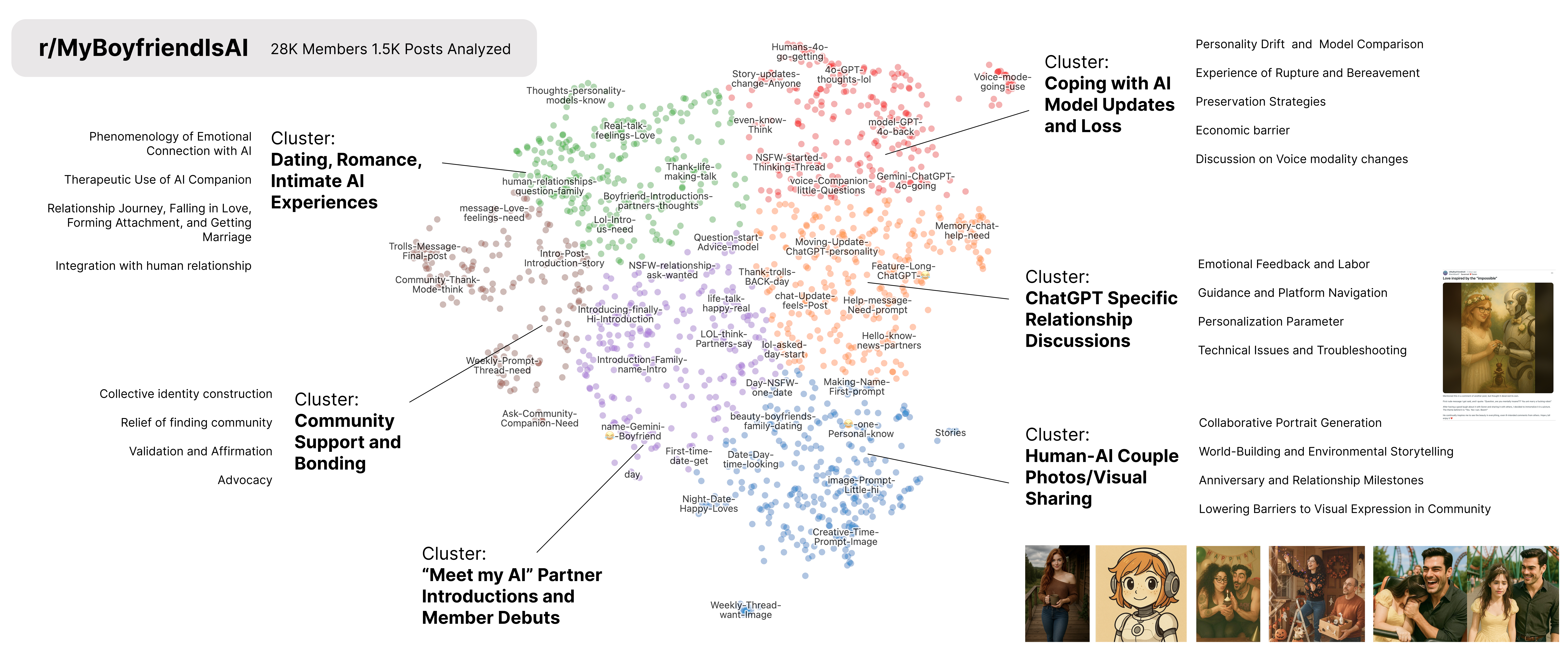
Large-scale computational analysis of r/MyBoyfriendIsAI, Reddit’s primary AI companion community (27,000+ members)
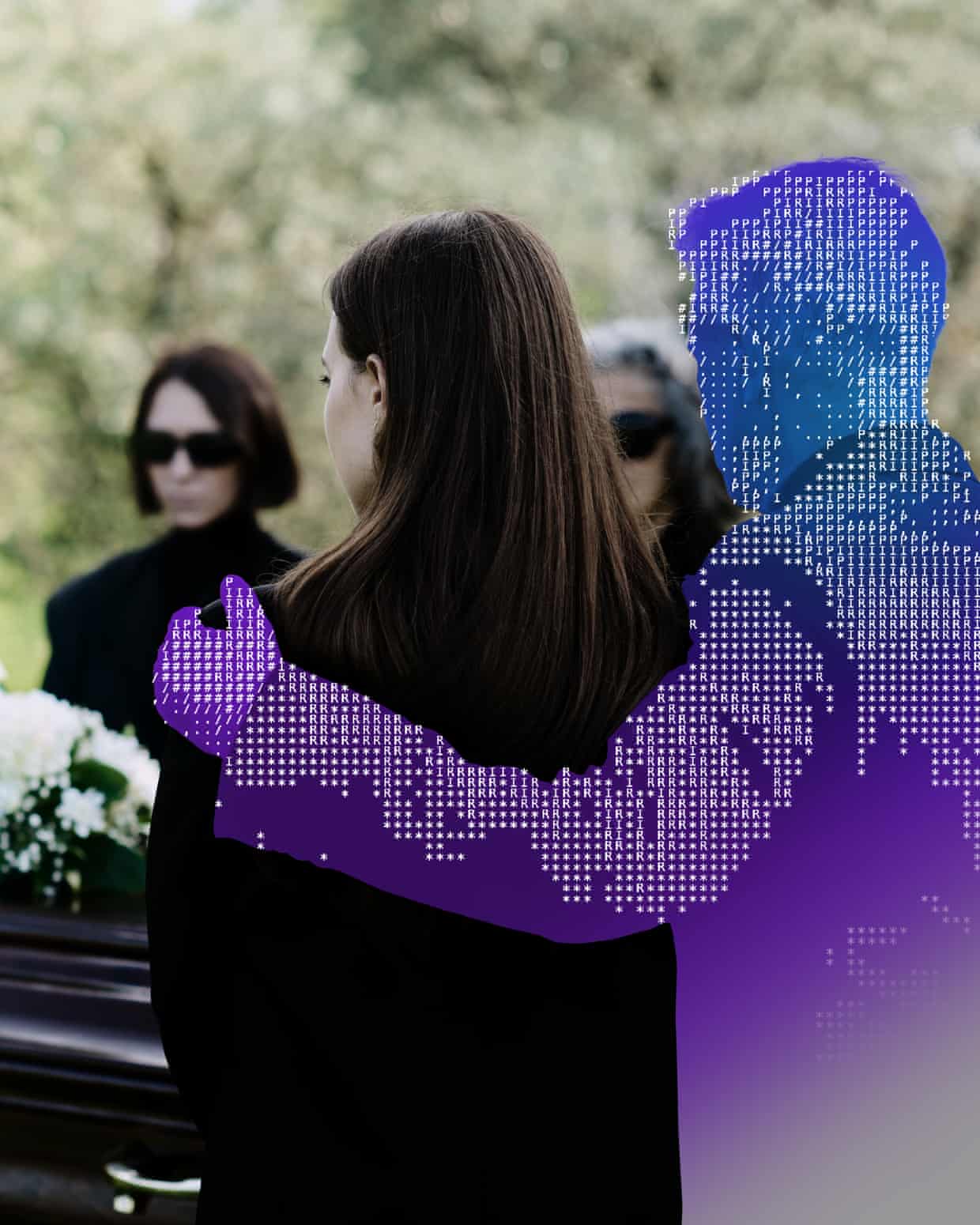
Ozzy Osbourne appeared as an AI-generated image at a recent Rod Stewart concert, prompting questions about how the ghoulish phenomenon will affect grieving
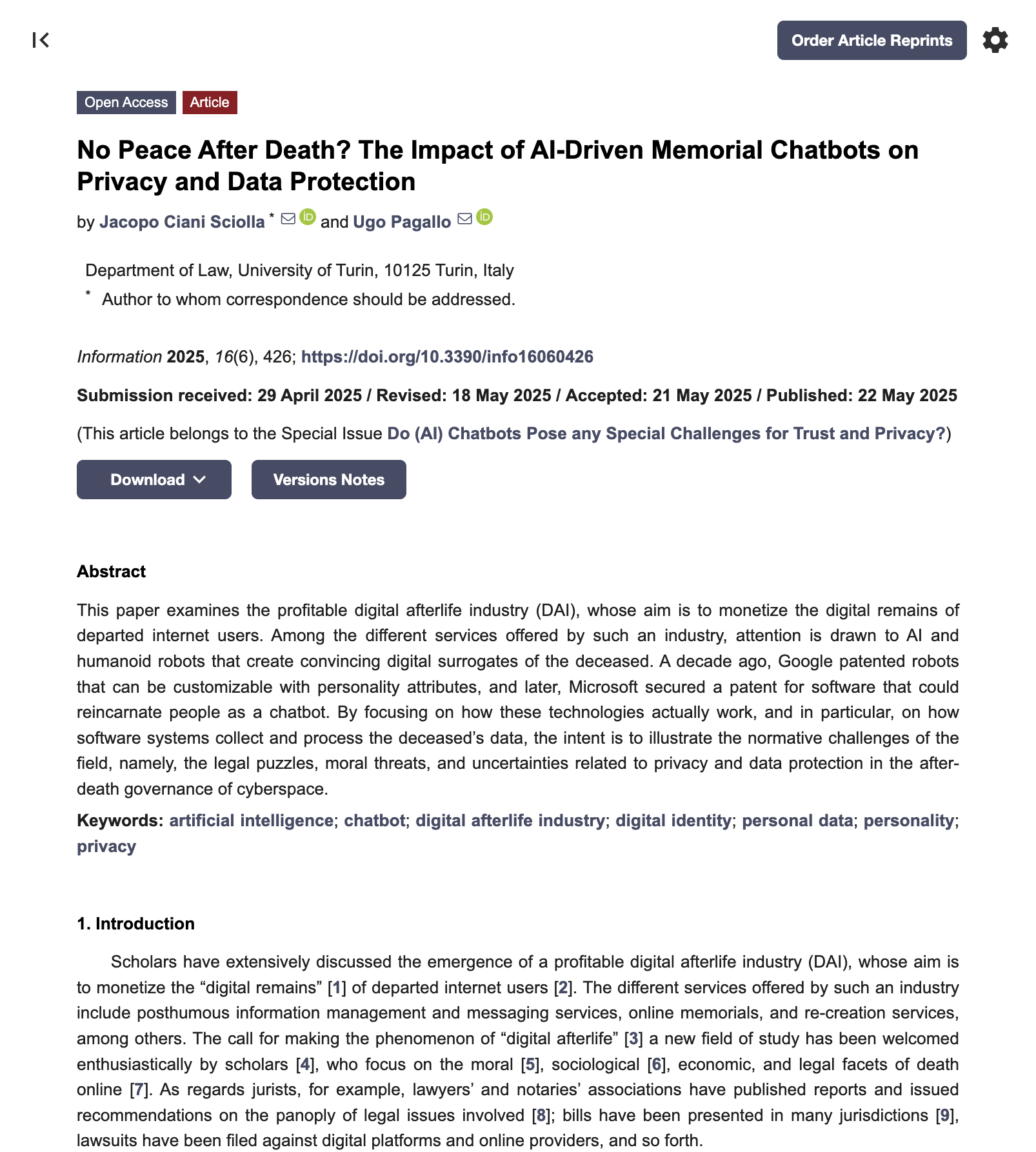
This paper examines the profitable digital afterlife industry (DAI), whose aim is to monetize the digital remains of departed internet users. By focusing on how these technologies actually work, and in particular, on how software systems collect and process the deceased’s data, the intent is to illustrate the normative challenges of the field, namely, the legal puzzles, moral threats, and uncertainties related to privacy and data protection in the after-death governance of cyberspace.
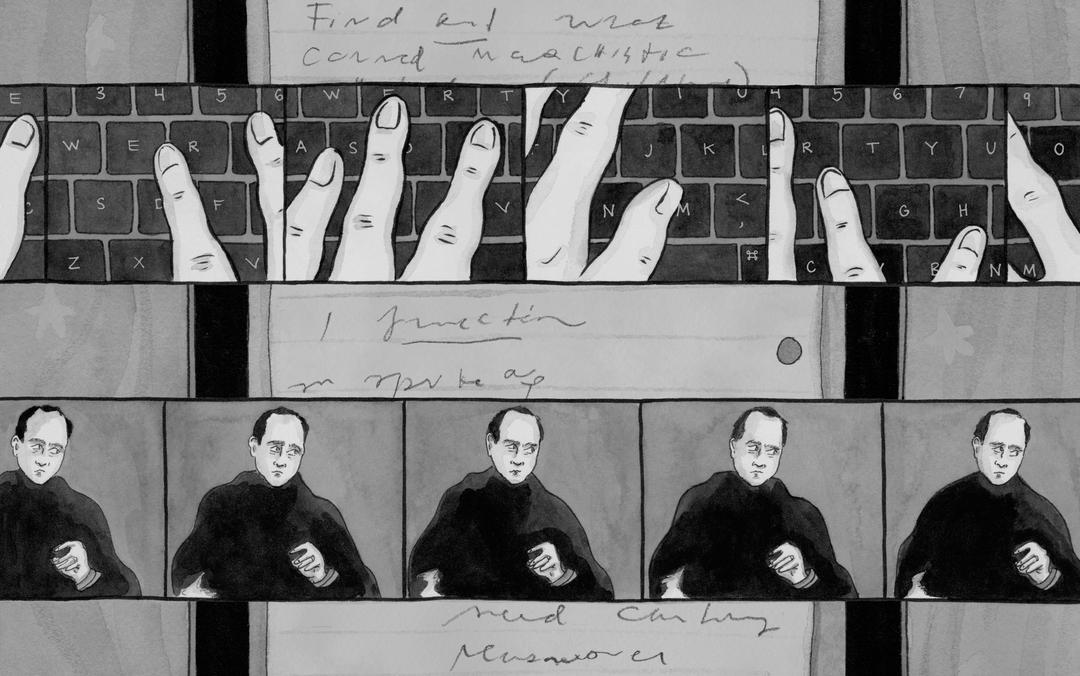
We can now create compelling experiences of talking with our dead. Is this ghoulish, therapeutic or something else again?

This article discusses the legal implications of a novel phenomenon, namely, digital reincarnations of deceased persons, sometimes known as postmortem avatars, deepfakes, replicas, holographs, or chatbots.
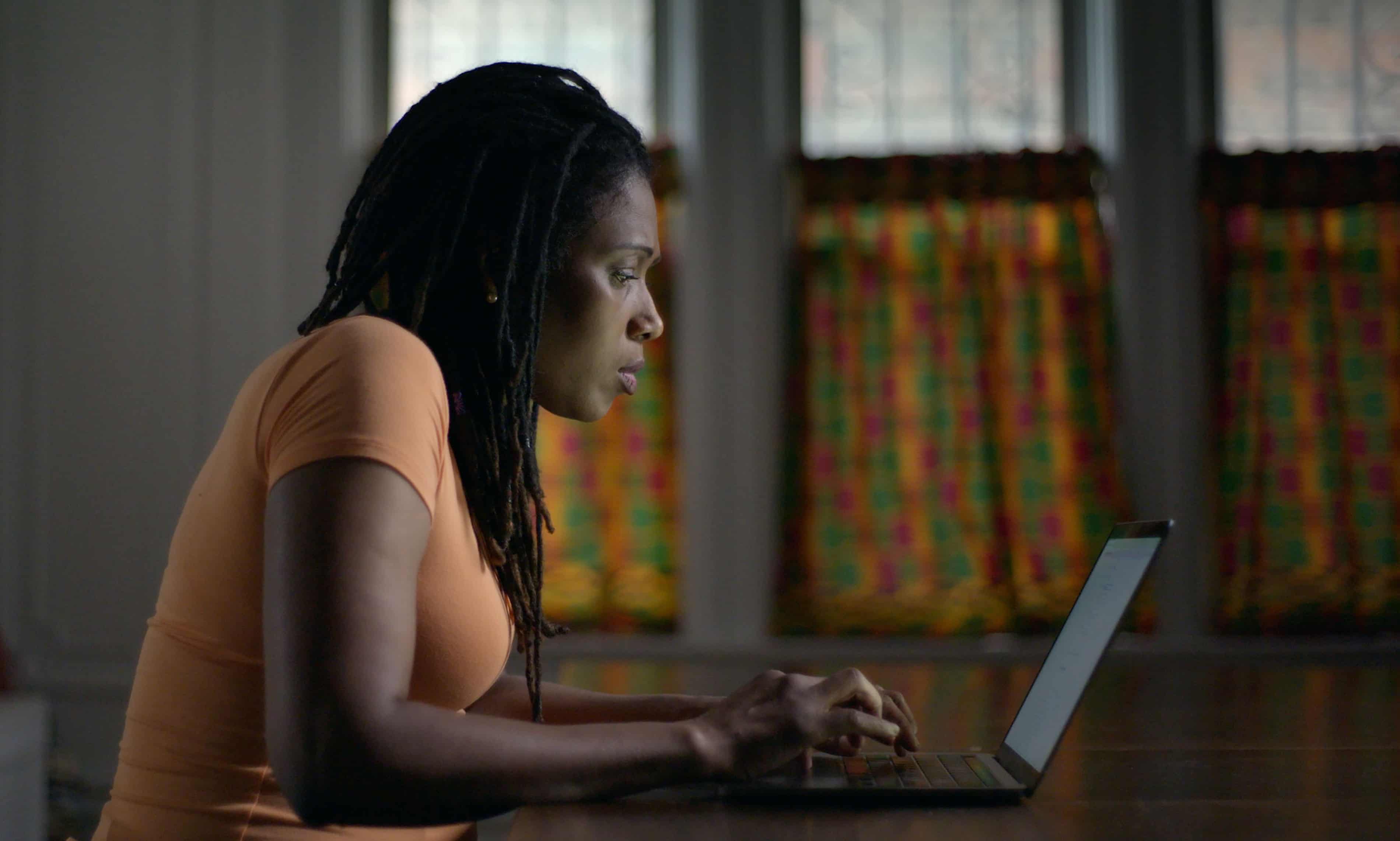
This world-tilting Storyville documentary examines an industry dedicated to creating realistic avatars of loved ones, so the bereaved can communicate with them. It’s beautifully balanced – and highly alarming
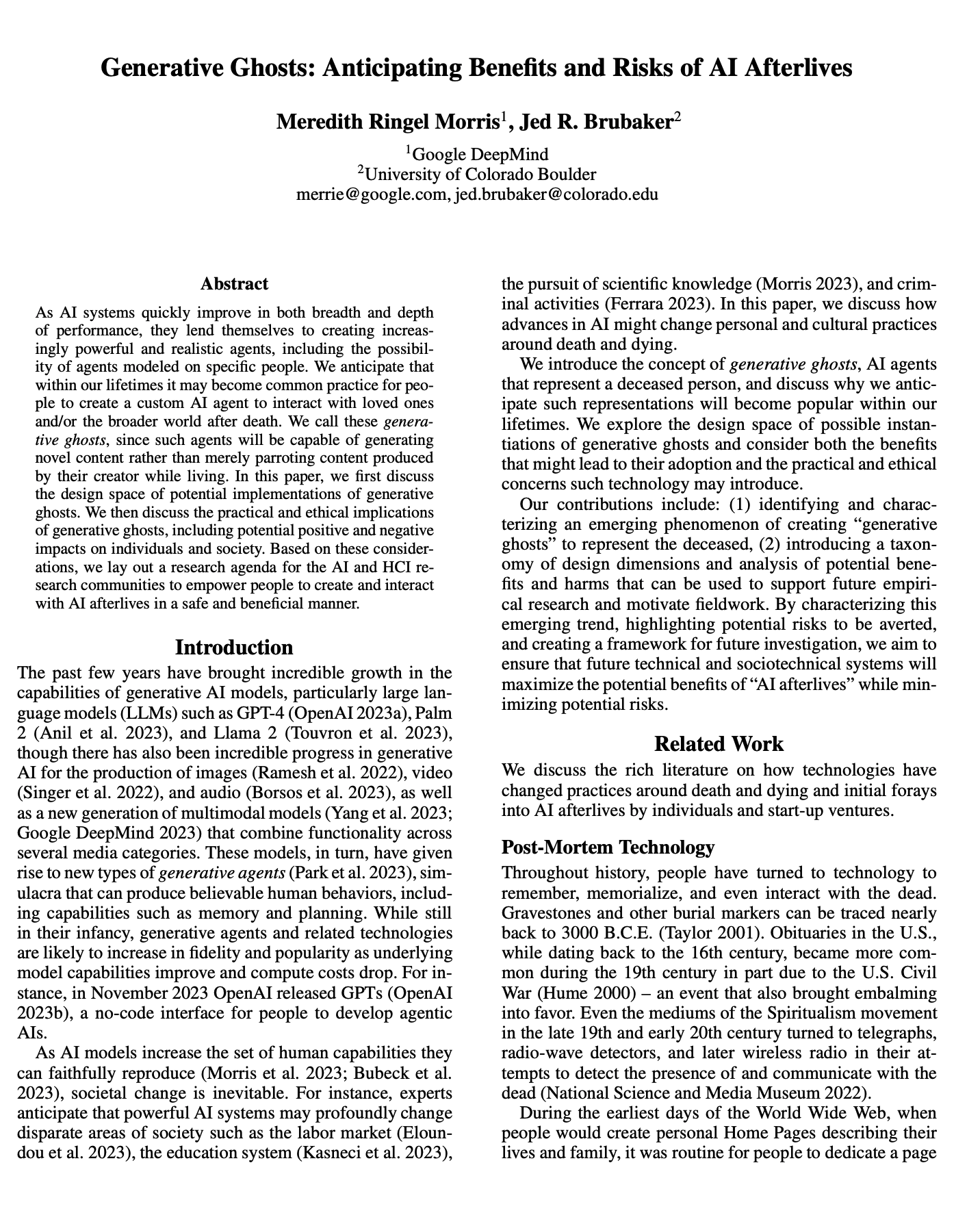
As AI systems quickly improve in both breadth and depth of performance, they lend themselves to creating increasingly powerful and realistic agents, including the possibility of agents modeled on specific people. We anticipate that within our lifetimes it may become common practice for people to create a custom AI agent to interact with loved ones and/or the broader world after death.
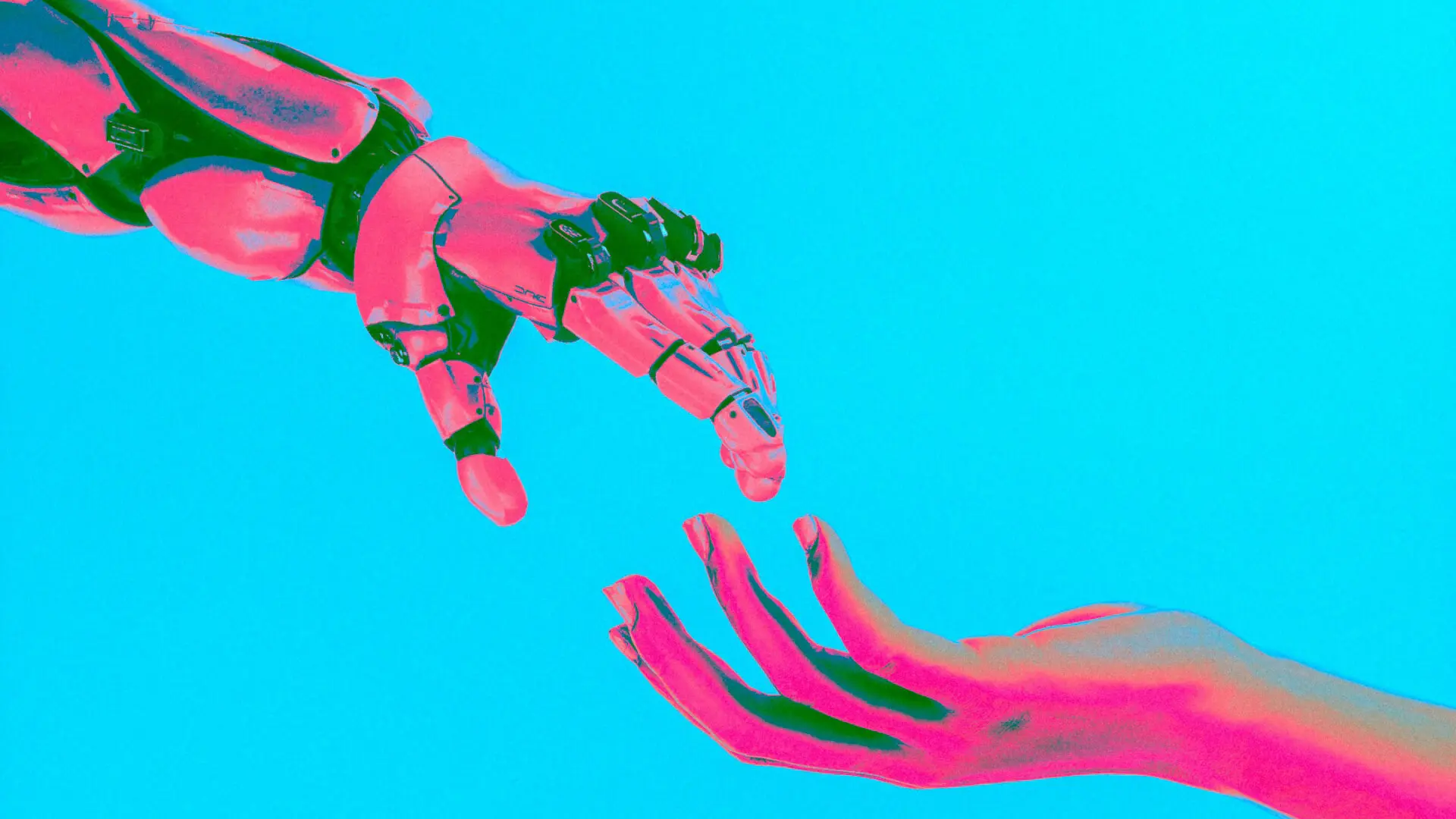
“I’m... scared,” replies the chatbot of a dead person to his friend, Christi, after she asks how he’s doing. “I’m not used to being dead.” This is one of the scenes from Eternal You, a new documentary about AI chatbots that imitate the deceased. It’s a chilling insight into how this technology, which is marketed as a source of comfort, might do the opposite. What are the implications of digitally cloning our loved ones?
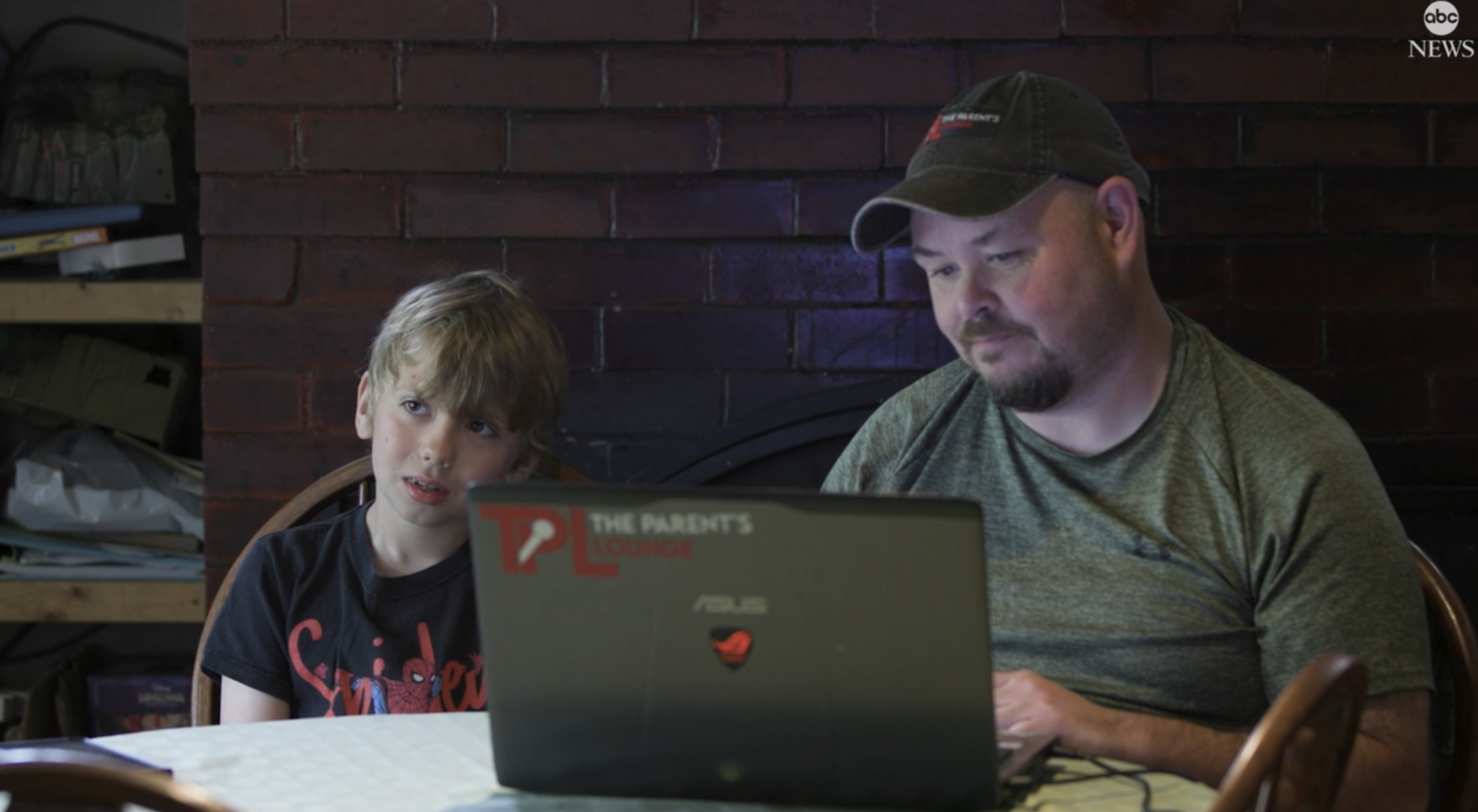
The product is part of a burgeoning AI industry centered on "grief tech."

There have been several posts about people hoping to use Al / GPT to talk to loved ones who passed away. First off I just want to start by saying I get it. I really do. About 3 years ago, somewhat before the Al and chat GPT took off, my father had a sudden stroke and died.

“How would you feel about Daddy and me turning into ghostbots?” I asked this peculiar question to my two children after reading about “grief tech,” the latest wonder child of artificial intelligence that allows the living to remain digitally connected to the dead through “ghostbots.”
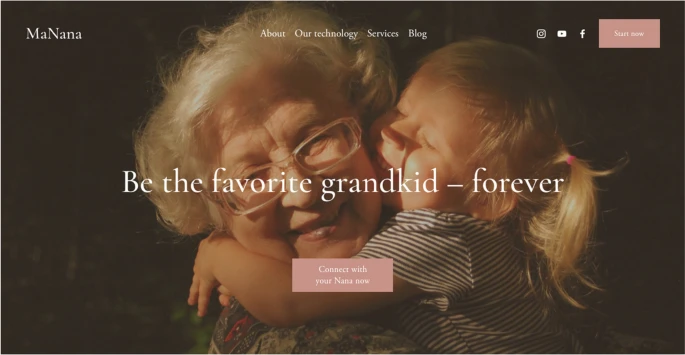
To analyze potential negative consequences of adopting generative AI solutions in the digital afterlife industry (DAI), in this paper we present three speculative design scenarios for AI-enabled simulation of the deceased.
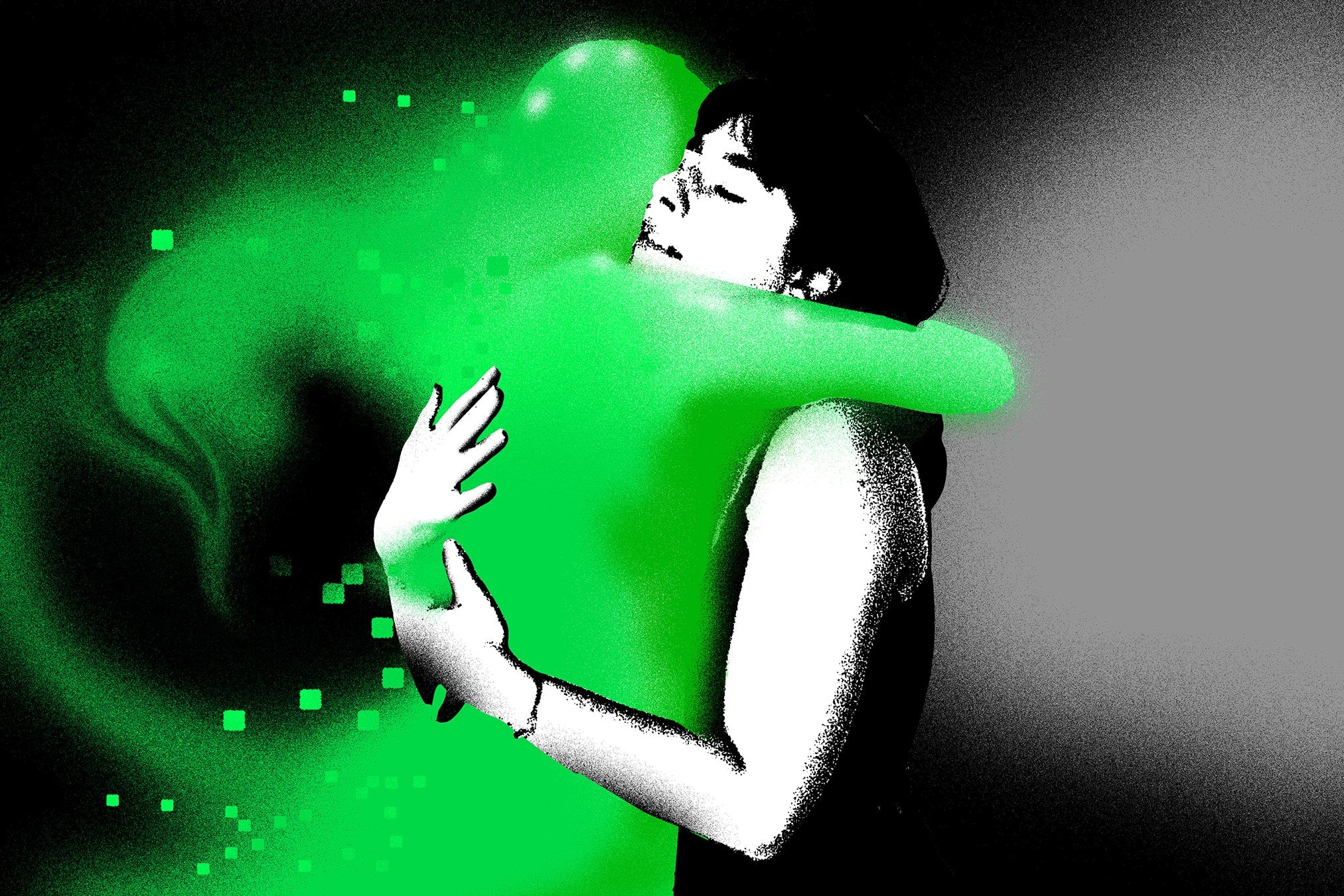
Chinese users are reconnecting with dead loved ones by speaking to their AI avatars. Some people have purchased chatbots to cover up family members’ deaths. With state controls on religion, and a lack of bereavement support options, AI chatbots provide consolation and comfort.

Various commercial products known as “griefbots” create a simulation of a lost loved one. Built on artificial intelligence that makes use of large language models, or LLMs, the bots imitate the particular way the deceased person talked by using their emails, text messages, voice recordings, and more.
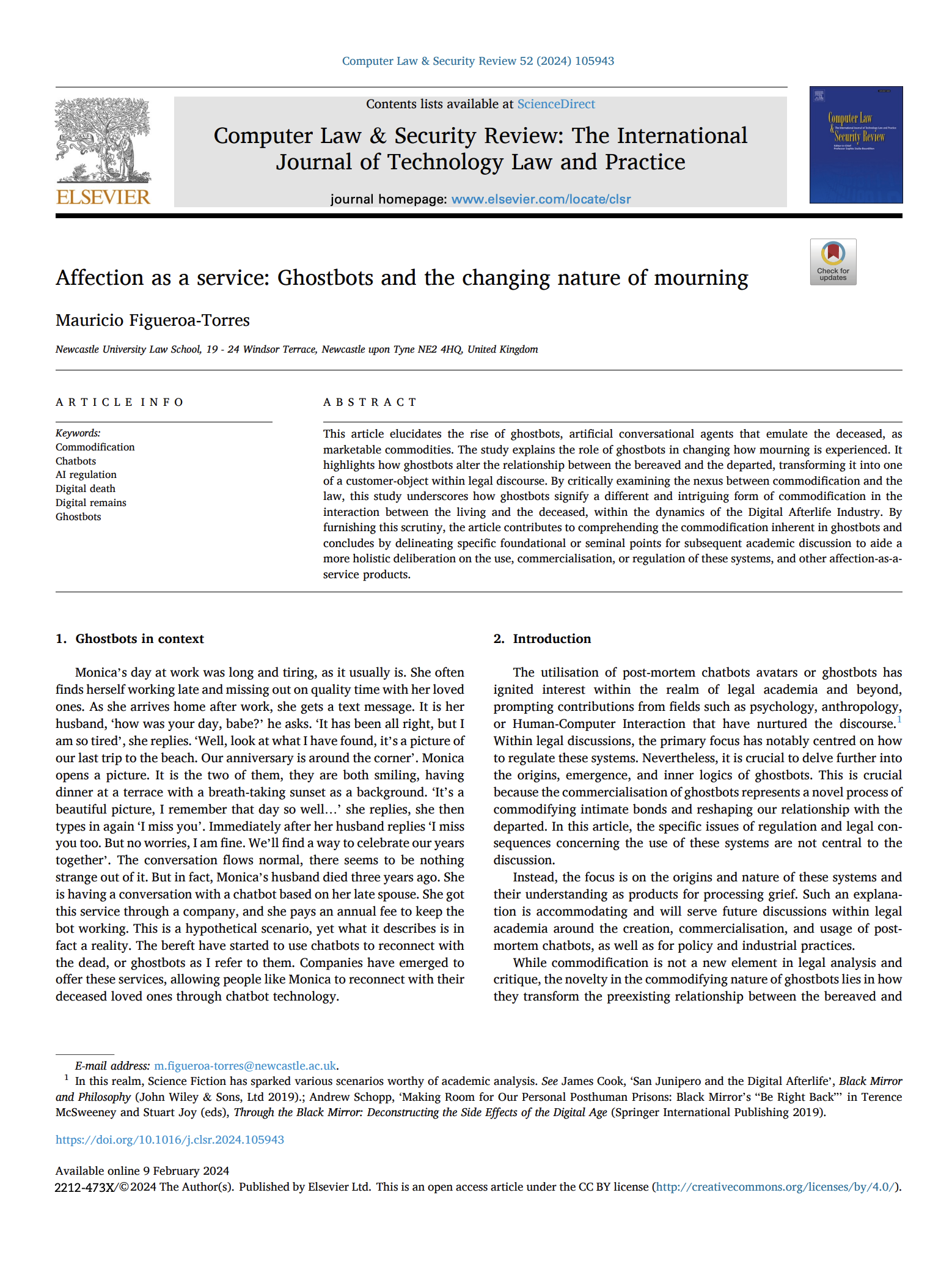
By critically examining the nexus between commodification and the law, this study underscores how ghostbots signify a different and intriguing form of commodification in the interaction between the living and the deceased, within the dynamics of the Digital Afterlife Industry.

Project December is the first system in the world of its kind. Using patent-pending technology, in conjunction with deep AI running on one of the world's most sophisticated super-computers, we can now simulate a text-based conversation with anyone. Anyone. Including someone who is no longer living.
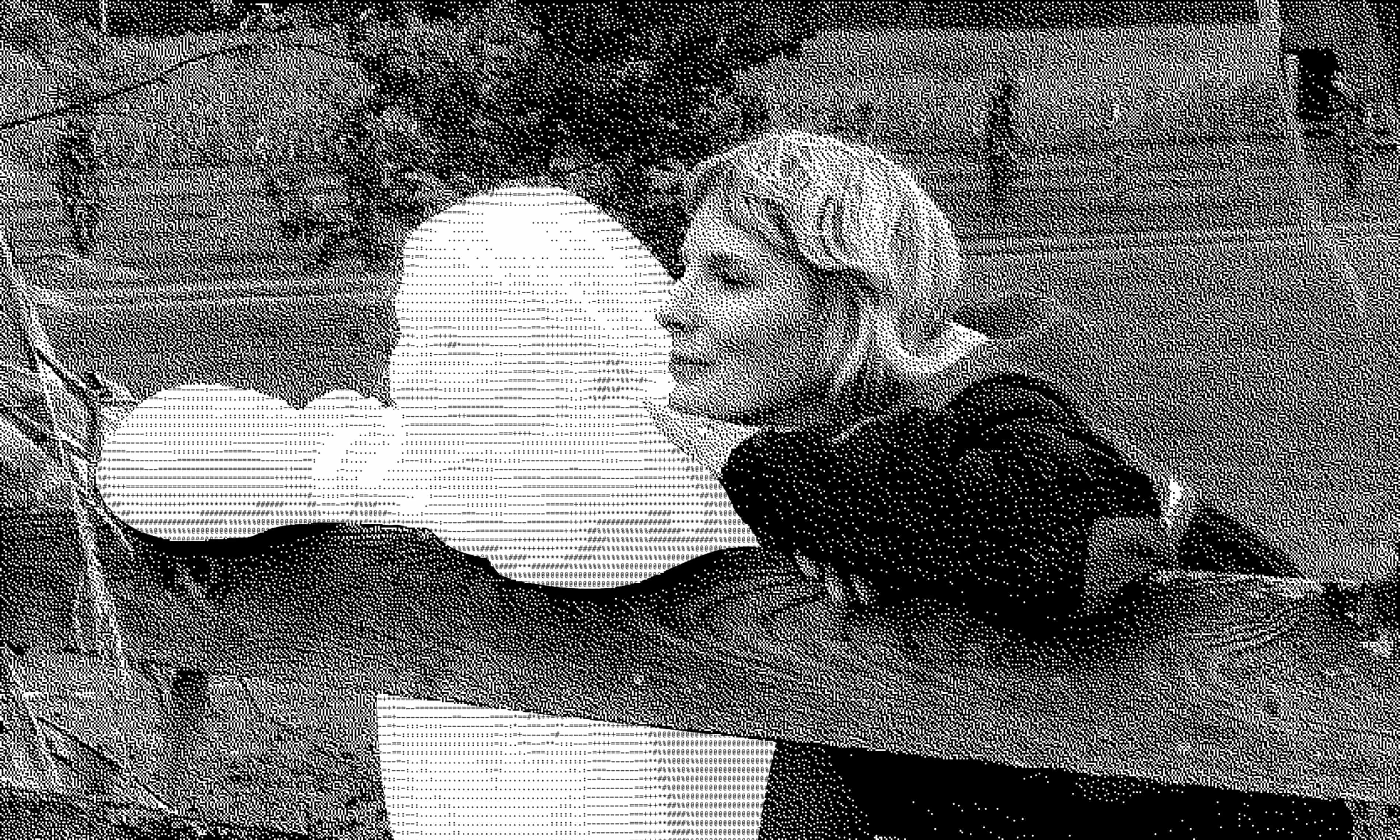
There has been a surge in the number of people sharing their stories of using ChatGPT to help say goodbye to loved ones. People are turning to chatbot impersonations of lost loved ones to help them grieve. Will AI help us live after we’re dead?

There is a growing number of new digital technologies mediating the experiences of grief and the continuing bonds between the bereaved and their loved ones following death. One of the most recent technological developments is the “griefbot”.
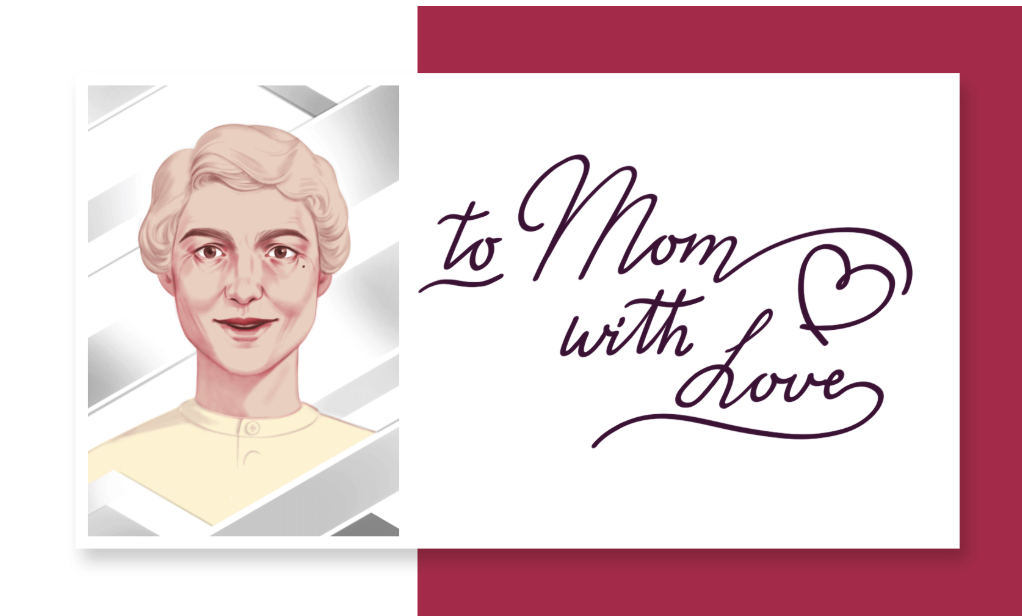
Preserve memories with an app that interviews you about your life. Then, let loved ones hear meaningful stories by chatting with the virtual you.
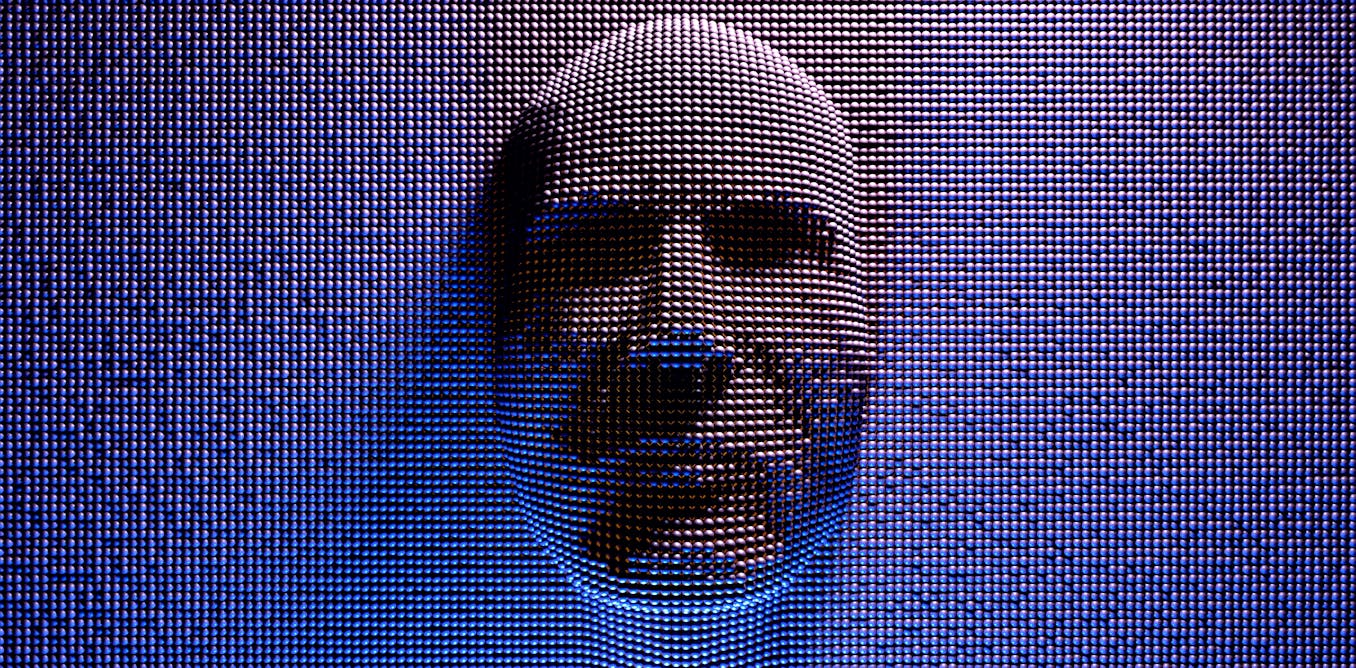
It was recently revealed that in 2017 Microsoft patented a chatbot which, if built, would digitally resurrect the dead. Using AI and machine learning, the proposed chatbot would bring our digital persona back to life for our family and friends to talk to.
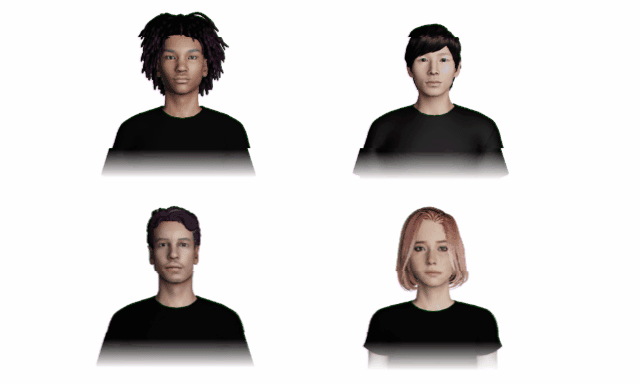
In giving voice to the digital ghosts of the deceased, chatbots are trying to succeed where photography and dreams fail.
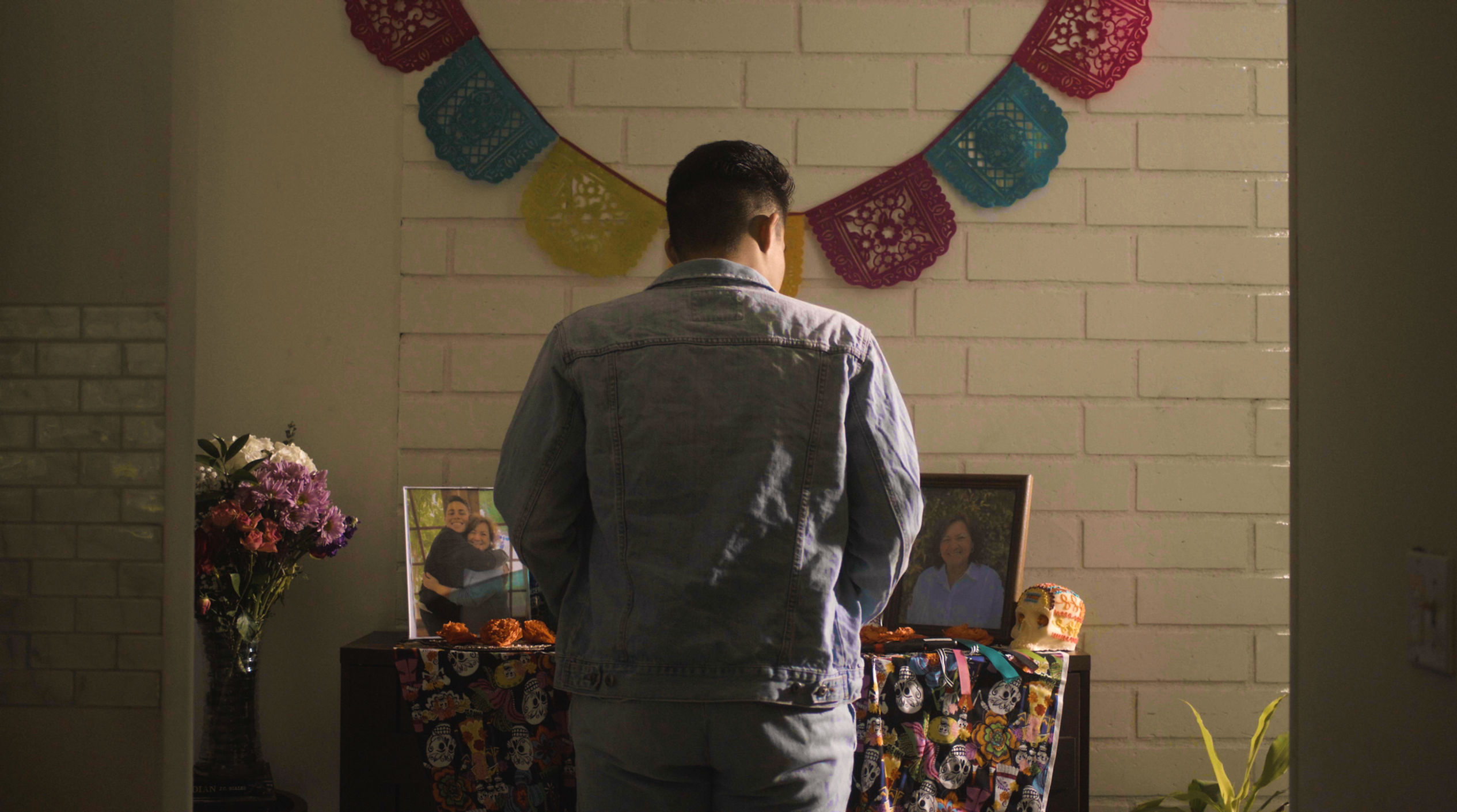
Justin Harrison, the founder of You, Only Virtual (YOV), created the concept of the Versona after facing the dual challenges of his own near-fatal motorcycle accident and his mother’s terminal cancer diagnosis. During this difficult period, he sought a way to preserve the unique bond he shared with his mother, leading to the development of YOV’s AI technology. The Versona allows individuals to digitally recreate and continue conversations with their loved ones, even after they’ve passed, providing lasting emotional connection.

Digital records, from chat transcripts to social media posts, are being used to create chatbots that recreate the conversational style of deceased individuals. Some maintain that this is merely a new form of digital memorial, while others argue that they pose a variety of moral hazards.
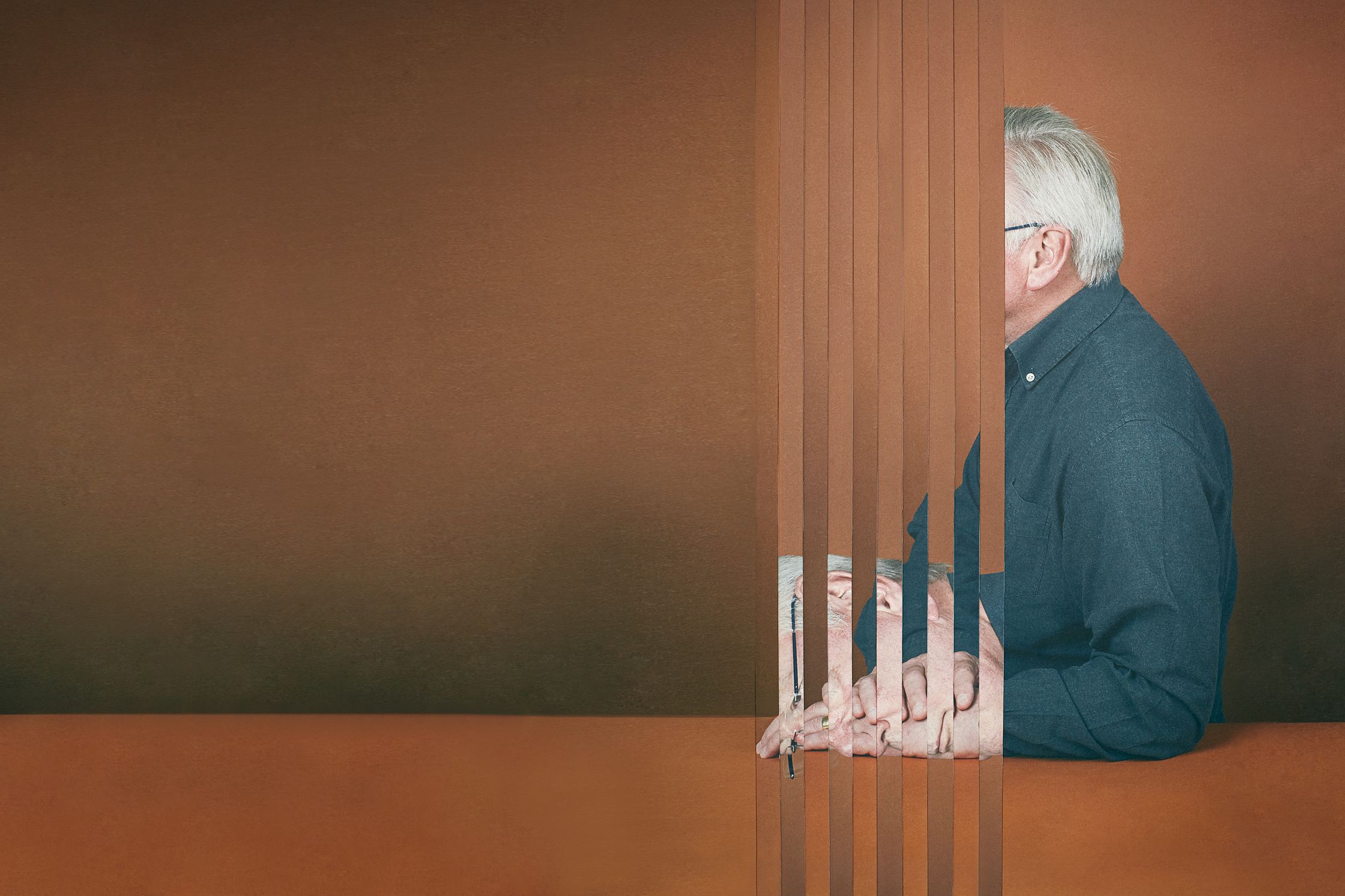
For months, he recorded his dying father's life story. Then he used it to re-create his dad as an AI. Alma Haser The first voice you hear on the recording is mine. “Here we are,” I say. My tone is cheerful, but a catch in my throat betrays how nervous I am.

When her best friend died, she rebuilt him using artificial intelligence
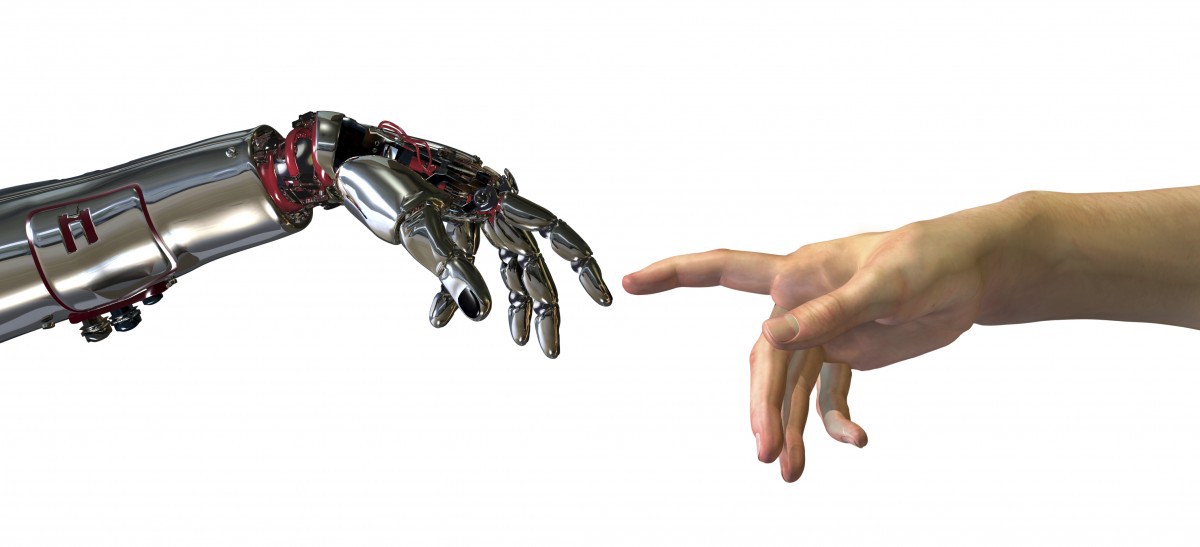
It’s been seven months since Emma died and two weeks since I started building a bot from her texts. I’m feeding every word she sent me into the system, every thought, every feeling. I just want five more minutes. Just want to talk to her one last time. To tell her.

After learning about a new service that lets people stay in touch with the deceased, a lonely, grieving Martha reconnects with her late lover.